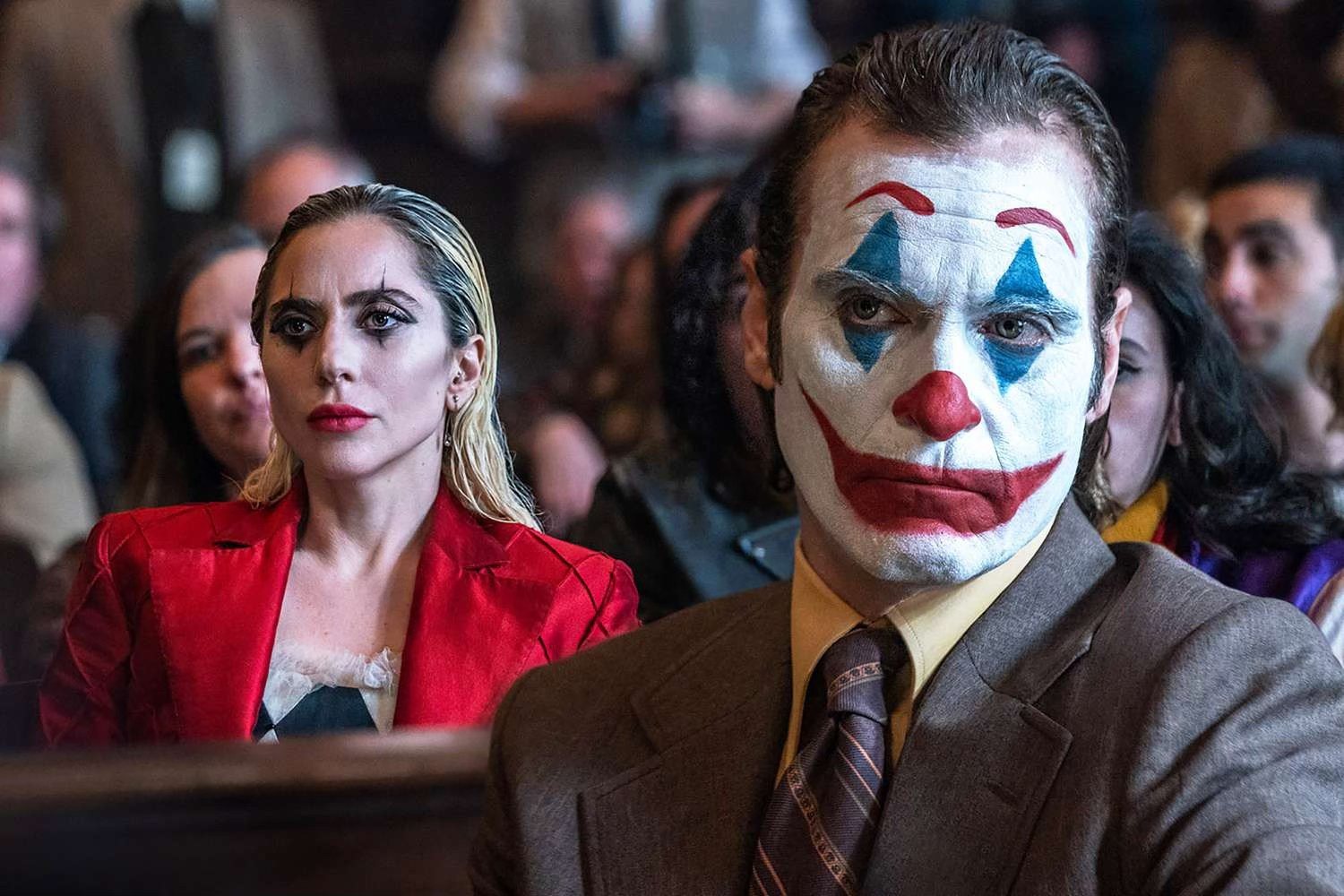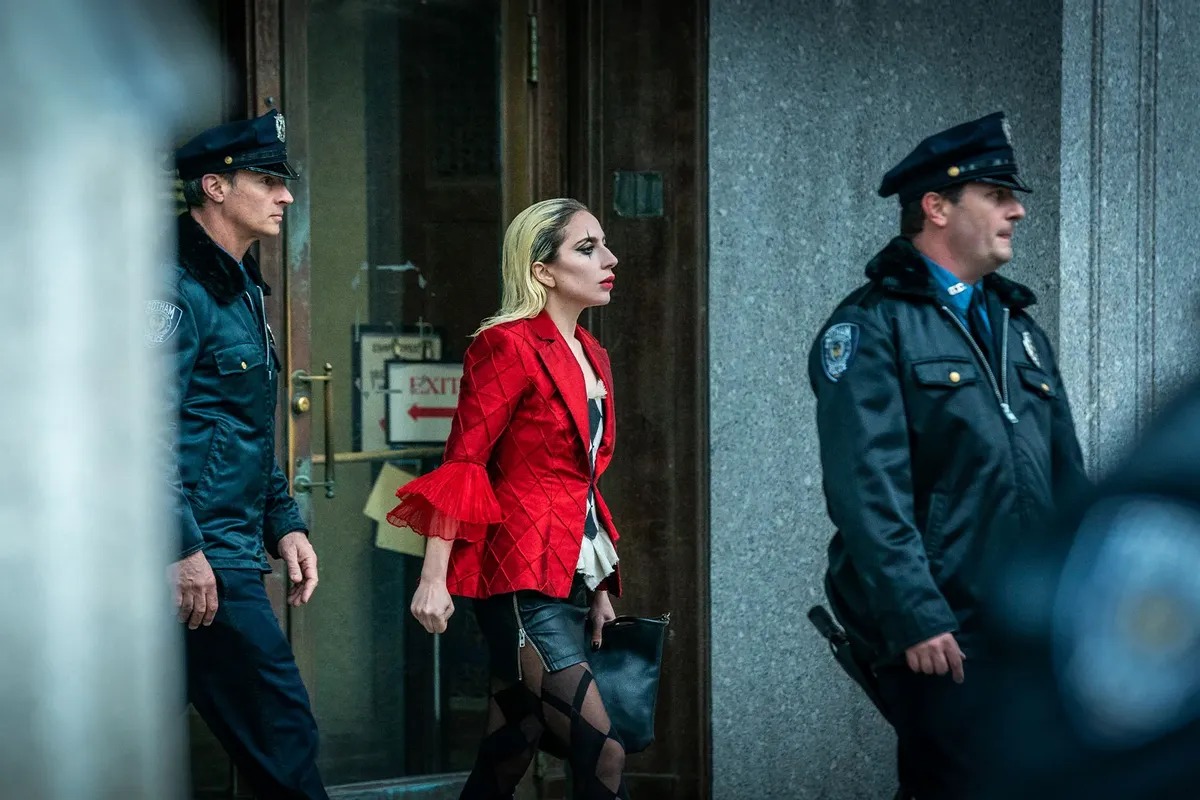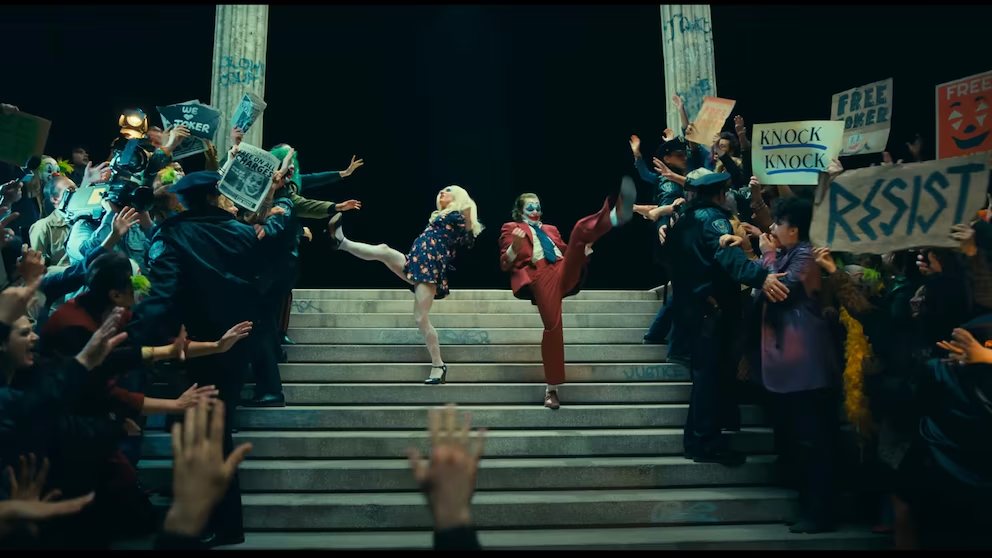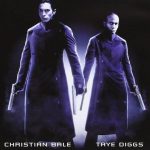Joker: Folie à Deux (2024)

Joker: Folie à Deux (2024) is a bold and ambitious sequel to the 2019 film Joker, directed by Todd Phillips, who returns as both co-writer and co-producer alongside Scott Silver. Unlike its predecessor, which focused on the origin story of Arthur Fleck, a troubled man who becomes the iconic villain Joker, Folie à Deux delves deeper into the psychology of its central characters, blending elements of romance, psychological thriller, musical, and drama. The film explores themes of love, mental illness, and the blurred lines between reality and delusion, while also expanding the world of the Joker through the introduction of Harley Quinn, portrayed by Lady Gaga. With a distinct shift in tone and style, Joker: Folie à Deux promises to be a complex and emotionally charged film that offers both a deeper dive into the character of the Joker and an exploration of his relationship with Harley Quinn.
The narrative of Folie à Deux picks up after the events of the first film, with Arthur Fleck (played by Joaquin Phoenix) having fully embraced his Joker persona and rising to infamy in Gotham City. The film introduces Harley Quinn, a psychiatrist at Arkham Asylum, who becomes fascinated by Arthur’s mind and his transformation into the chaotic and dangerous figure of the Joker. As Arthur’s delusions and violent tendencies grow stronger, he and Harley begin a twisted, co-dependent relationship, marked by a shared descent into madness. The title Folie à Deux, meaning “a madness shared by two,” perfectly encapsulates the nature of their bond, as they feed off each other’s instability and descent into criminality. The film explores how their relationship challenges their perceptions of reality, love, and identity, ultimately culminating in a symbiotic yet destructive union.
At its core, Joker: Folie à Deux is a deep exploration of the intersection between love and madness. The phrase folie à deux refers to a shared psychosis, a mental condition in which two people experience the same delusions or hallucinations, which in this case is embodied by Arthur and Harley. Their relationship is marked by a profound emotional connection that is both intoxicating and dangerous. The film examines how love can sometimes manifest in unhealthy, obsessive ways, especially when the individuals involved are deeply troubled or mentally unstable. Arthur and Harley’s relationship challenges conventional notions of romance, exploring the idea that love can sometimes be a destructive force, especially when it’s built on shared trauma and madness rather than mutual understanding or healing.
Joker: Folie à Deux also introduces a unique stylistic shift by incorporating musical elements, which sets it apart from the first film. The inclusion of musical numbers, likely influenced by Harley Quinn’s vibrant and chaotic personality, creates a stark contrast to the dark and gritty tone of the previous movie. With Lady Gaga’s background in music, her portrayal of Harley Quinn brings an added layer of complexity to the film, allowing for expressive, theatrical scenes that provide insight into her psychological state. The musical numbers are expected to be as haunting and emotionally charged as the rest of the film, blending the disturbing atmosphere of Gotham with the surreal qualities of a musical. Todd Phillips’ direction, combined with the visually striking cinematography, continues to capture the bleak, nightmarish world of the Joker while introducing a sense of fluidity and unpredictability through the music and performances.

The relationship between Arthur Fleck and Harley Quinn is one of psychological depth and emotional turmoil. Both characters come from backgrounds of trauma and instability, and their union represents an unhealthy form of emotional validation. Arthur, having suffered from neglect, abuse, and mental illness, finds in Harley a kindred spirit who shares his disillusionment with the world. Harley, in turn, is captivated by Arthur’s unpredictability and chaos, seeing him as a reflection of her own inner demons. However, as their bond deepens, the relationship becomes more toxic, with each character exacerbating the other’s flaws. The film explores how their connection is based not on genuine love or healing, but on a mutual descent into madness, illustrating the destructive power of unhealthy attachments.

Like the first Joker film, Folie à Deux also carries a sharp social and political commentary, reflecting the alienation and disenfranchisement that many individuals feel in contemporary society. Arthur Fleck’s transformation into the Joker was fueled by societal neglect, class disparities, and mental health stigmas, and Folie à Deux continues to explore these themes. With the introduction of Harley Quinn, the film delves further into how society’s failures to address mental health and emotional well-being can lead to the creation of violent and unstable individuals. The Joker and Harley Quinn represent two sides of a broken system, highlighting the consequences of a world that often ignores the needs of its most vulnerable members. Through their actions and relationship, the film critiques the failure of societal institutions to provide support and care, allowing its characters to spiral into madness.

In conclusion, Joker: Folie à Deux (2024) promises to be a compelling continuation of the Joker saga, blending psychological drama, romance, and musical elements into a unique cinematic experience. By focusing on the twisted relationship between Arthur Fleck and Harley Quinn, the film dives deeper into themes of love, madness, and societal alienation, offering a fresh and thought-provoking perspective on the iconic characters. The shift towards a musical format adds an intriguing layer to the story, allowing for a more expressive and surreal exploration of the characters’ emotional states. With powerful performances from Joaquin Phoenix and Lady Gaga, combined with Todd Phillips’ skillful direction, Folie à Deux is poised to be a dark and unforgettable exploration of the limits of love and sanity in a fractured world.











